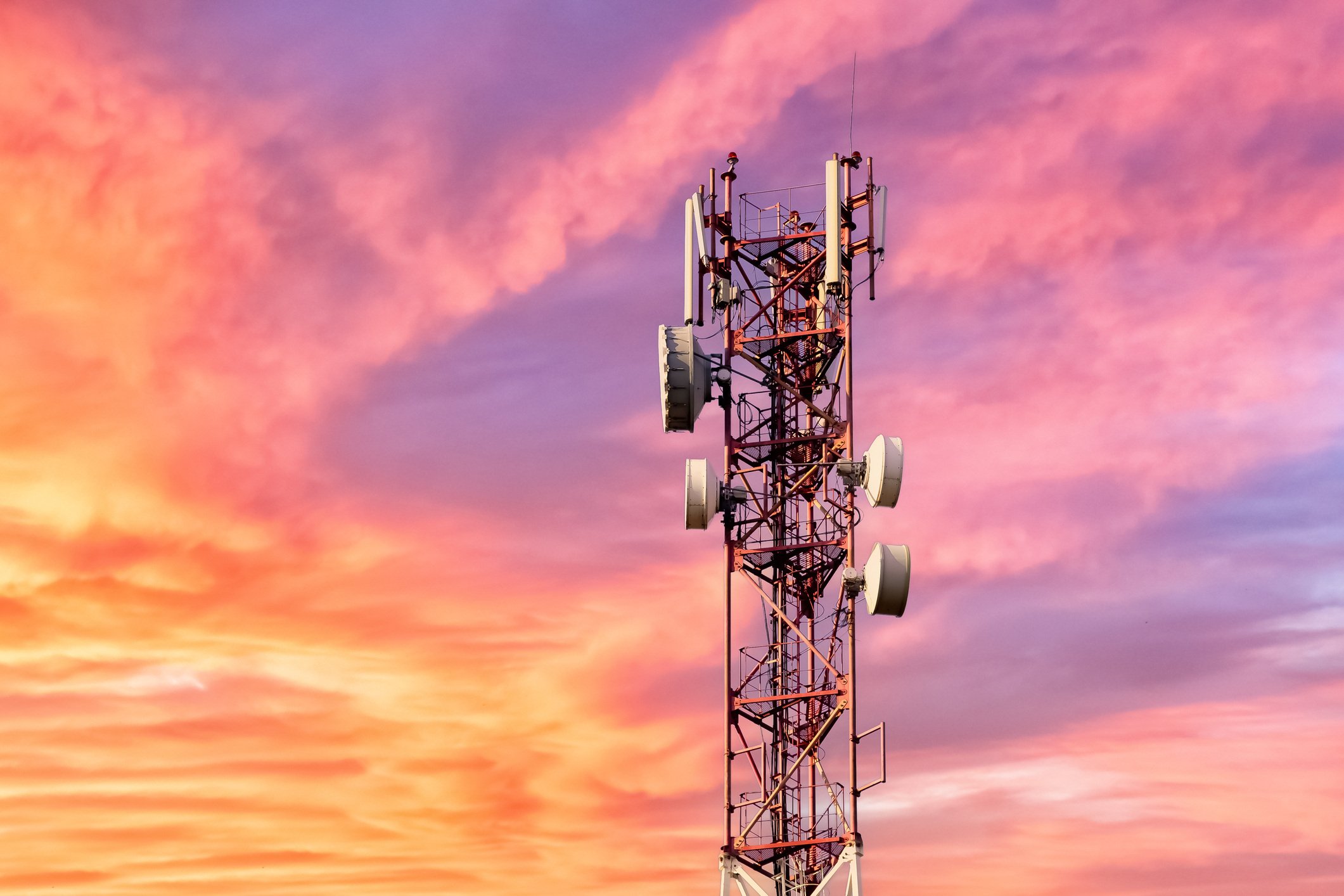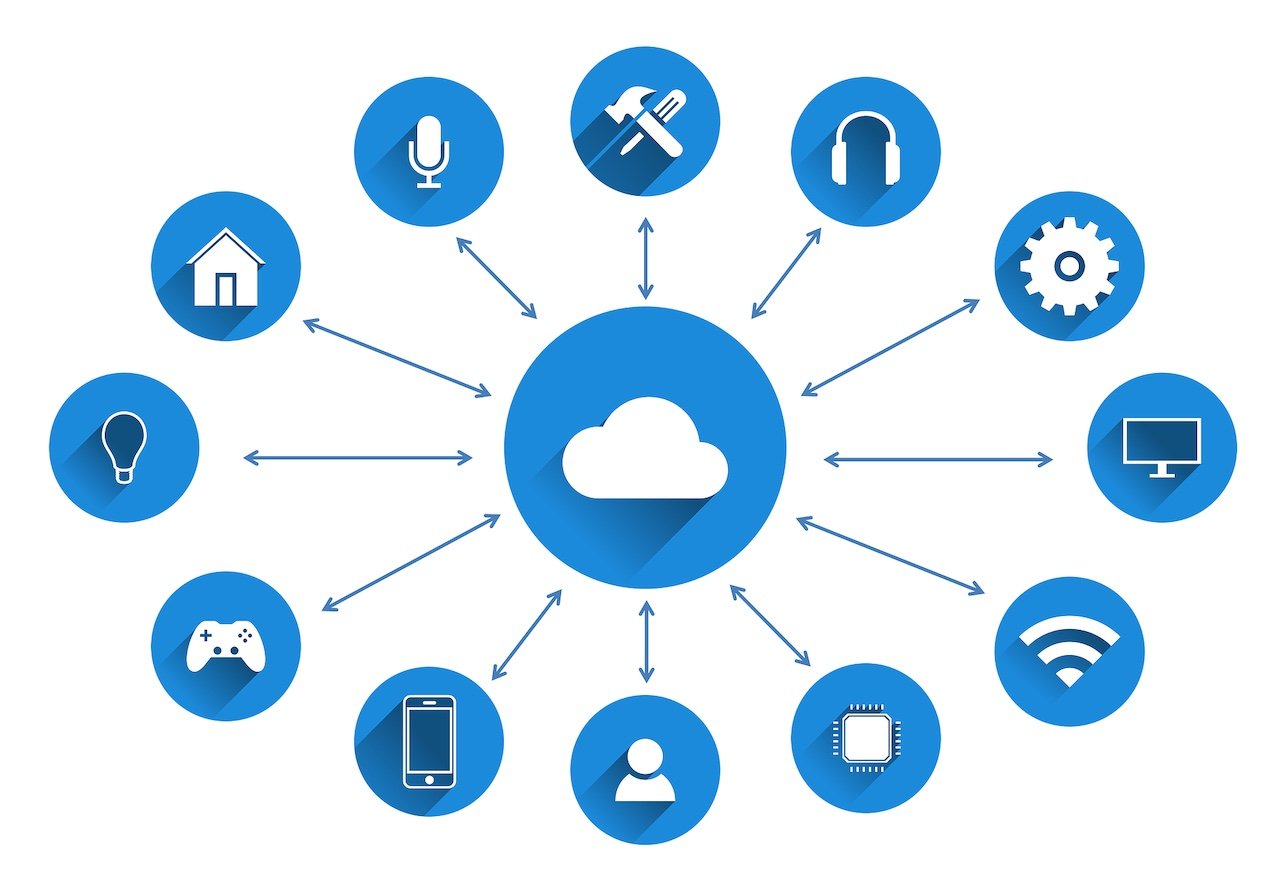- April 2025 (1)
- March 2025 (2)
- February 2025 (1)
- December 2024 (2)
- November 2024 (2)
- August 2024 (2)
- June 2024 (3)
- May 2024 (3)
- April 2024 (1)
- March 2024 (3)
- February 2024 (2)
- January 2024 (2)
- December 2023 (1)
- November 2023 (2)
- October 2023 (2)
- September 2023 (1)
- August 2023 (1)
- July 2023 (2)
- June 2023 (3)
- May 2023 (2)
- April 2023 (1)
- March 2023 (4)
- February 2023 (1)
- January 2023 (2)
- November 2022 (2)
- October 2022 (1)
- September 2022 (1)
- August 2022 (2)
- July 2022 (2)
- June 2022 (2)
- May 2022 (1)
- April 2022 (3)
- March 2022 (1)
- February 2022 (3)
- January 2022 (2)
- December 2021 (1)
- November 2021 (1)
- October 2021 (2)
- September 2021 (3)
- August 2021 (1)
- July 2021 (4)
- June 2021 (1)
- May 2021 (2)
- April 2021 (2)
- March 2021 (2)
- February 2021 (3)
- January 2021 (3)
- December 2020 (1)
- October 2020 (1)
- August 2020 (1)
- August 2019 (1)
- January 2019 (2)
- September 2018 (5)
- June 2018 (1)
- November 2017 (1)
- September 2017 (1)
- July 2017 (1)
- May 2017 (1)
- January 2017 (1)
- October 2016 (2)
- August 2016 (1)
- July 2016 (1)
- June 2016 (1)
Subscribe by email
First, what are Over-the-air updates?
Gartner defines the phrase “Over-the-Air” (also known as OTA) as the ability to download applications, services and configurations over a mobile or cellular network. Basically, Over-the-air updates are specifically defined packages of software that are remotely and wirelessly delivered to devices.
Are OTA updates important for IoT devices?
In short, yes. OTA updates for IoT devices provide OEMs, device technology companies and IoT solution operators with the means to add new functionality to their IoT products over time as well as fix potential security flaws that need to be patched. Consider the case where instead of having to purchase a new model of a device every year, a software update adds new features to it. Connectivity in the age of the Internet of Things enables you to upgrade a device with an OTA update compared to non-connected devices that had to be replaced just to get new features.
Let’s outline a few scenarios that showcase the need for OTA updates for IoT devices:
Scenario 1 – Your company is in a highly-competitive and rapidly shifting smart home market. You provide a seamless device ecosystem that enables your customers to integrate multiple products and combine their actions to create workflows that automate tasks. Six months after the launch of your latest IoT product, your customers want you to enable integration with the complimentary products of another popular vendor.
Scenario 2 – Your organization develops security access products for office buildings that enables property managers to remotely manage which individuals are authorized to enter specific buildings. A new lighting system is installed in the building. Providing a software update over the air to the security access product now enables the lights to be turned off when the last person in the building has left, helps lower costs and automate this functionality easily. Now, with OTA capabilities, you can also add the heating system to the automation process. Set the alarms…. and so on.
Without OTA update capability, you would have to hire a fleet of maintenance teams to visit your customers in person, or would have to wait until your next product is launched in a year. In that time, customers could easily flock to a competitor that has recently enabled this integration – and a host of other in-demand features.
These scenarios aren’t a possible future. They’re possible now.
One of the best ways to ensure your devices are secure on an ongoing basis is to perform OTA updates.
OTA Updates can improve IoT Device Security
There are even medical devices on the market today that are being compromised because they lack an effective OTA capability and strategy.
An Intricate Dance
Keep in mind that while OTA updating of IoT devices definitely is the right decision, implementing this strategy correctly requires thoughtful planning, experience and the insight that experience brings.
Pushing Over-the-air updates to IoT devices is not easy as it involves a number of different competencies like: managing different versions of device firmware based on the enterprise approvals, ensuring your software updates do not “brick” the device due to a failed update, ensuring that the update does not use all of the available bandwidth and making sure urgent updates happen at the right time.
Additional intricacies are added as a company increases the number of IoT devices in the market as well as the intended purpose of those devices. Think about the difference in complexity between updating the software on a connected TV set vs. a deployment of thousands of connected medical devices in a single enterprise network.
Now also, consider this – will consumers (or even business end-users) be expected to manage critical software updates for each and every IoT device they own? (Smart bulbs, smart outlets, smart refrigerators, smart slow cookers, connected cars, and the list goes on)
From our experience, the average user will either forget to update their devices (easy to do if they are expected to oversee numerous devices) or worse yet, ignore the update requests altogether – in some cases they can be time consuming and can be timed inappropriately – right when the products are being used – leading to frustrated people that avoid the process altogether.
By correctly managing OTA updates for IoT devices, OEMs ensure their products and customer data are secure, and provide incentives for customers to continue engaging with the OEM’s offerings.
Our own insights come from years of experience in managing and updating complex enterprise device deployments, where we’ve learned the right and wrong ways to support customers’ evolving needs.
If you are in search of a partner that can help you safely and reliably manage and update your devices, let us know. We’ll be happy to help.
Related Content
The latest IoT insights and platform updates from Zipit.
IoT devices need flexible network technologies optimized for low-power application...
Deploying an IoT solution brings significant value to businesses, but it also intr...
The Internet of Things (IoT) has transformed industries by creating a network of i...



